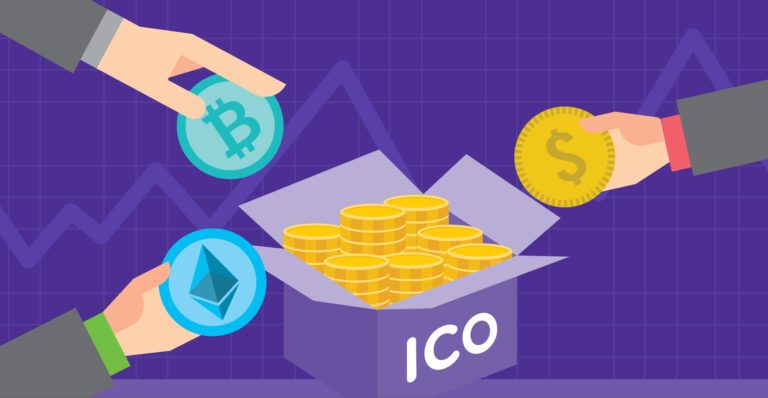BlockFi Lending LLC, a New York-based “secured non-bank lender” that provides cryptocurrency-backed loans in USD to digital asset investors, has revealed that its interest-generating deposit accounts have received over $25 million in cryptocurrency.
Notably, the commercial and consumer lending firm has managed to attract millions of dollars in deposits in only a relatively short period of time – as its interest-yielding crypto accounts were officially launched just two weeks back.
BlockFi’s TOS Reveal It Can Decide How It Wants To Use Customers’ Deposits & Control Rate Of Interest
According to Zac Prince, BlockFi’s CEO, the company’s terms of services (TOS) have been created specifically to allow the company to operate in a flexible manner. Prince explained that BlockFi is able to decide, for the most part, how it intends to use depositors’ crypto funds and it can also determine how much in interest payments it should pay them. This, Prince said, was necessary as the firm is currently looking to expand its line of products and services.
As detailed in BlockFi’s TOS, the company’s interest payments range from 4 to 12% and it can request that the loans be returned at any given time. In order to hedge against price volatility in the cryptocurrency market, BlockFi requires that borrowers provide more collateral or sell a portion of it.
Launched in August 2017, BlockFi’s management is currently developing other crypto-related products and it is also looking to raise more funds. As noted on Crunchbase, BlockFi has received $95.4 million in total funding (to date).
Users Can Borrow Up To 50% Of How Much Crypto They Put Up In Collateral
The Manhattan, New York-based lender offers two different lending products to retail investors. These include digital asset-backed loans and crypto-funded interest-generating accounts. BlockFi’s loans-based product allows users to borrow in USD for a 1 year period at a 4.5% interest rate while depositing bitcoin (BTC), ether (ETH), and/or litecoin (LTC) as collateral. At present, users can only borrow up to 50% of what they’ve put up as collateral.
BlockFi’s interest account lets customers make deposits in ETH or BTC and issues interest payments at a rate of 6.2%, which is compounded annually. Notably, this rate is up to 3x more than what’s currently being offered by US-based certificate of deposits (CDs) and it’s also significantly more than the current rate quoted by US Treasury bonds. However, customers are also taking on a lot more risk with BlockFi’s crypto-based lending solutions.
High Level Of Risk Involved
Commenting on the high risk involved in using BlockFi’s products, Caitlin Long, an experienced Wall Street professional who’s now focused on the crypto and blockchain space, remarked (via Twitter):
I wonder how many customers understand the counterparty risk they're taking on–I didn't see disclosure on that.
In response to a question about whether BlockFi determines its return rate (on loans) based on a set formula, Prince said the company had not established criteria for that as he revealed its products are not yet profitable. He told Coindesk:
The rate is a combination of the market and customer acquisition costs. This product will be for some amount of time, probably for for 3 to 18 months, a loss leader. We are OK with losing money for a while. If it was purely formulaic we probably wouldn’t have enough control to make sure it’s attractive enough to a large amount of people to hit our customer acquisition targets.
Before launching these crypto lending options, Prince had published an article (on LinkedIn in February 2018), noting:
For the first time, a financial asset has been created that is both natively digital and global. A market around these assets and the technology that underpins them, blockchain, is growing rapidly. This innovation creates the opportunity for lenders to assign a global price to digital assets and underwrite risk similarly for borrowers, regardless of the country in which the borrower resides. As a result, there is an opportunity to extend low cost credit in markets where it previously was not available and grow access to a critical part of banking infrastructure that could expand global economic activity dramatically.








